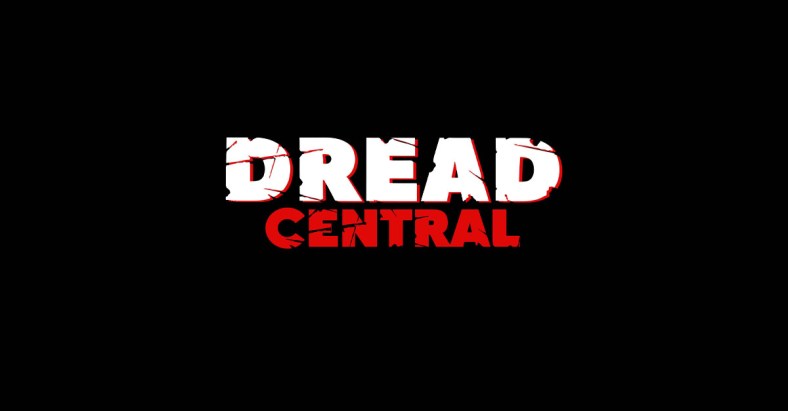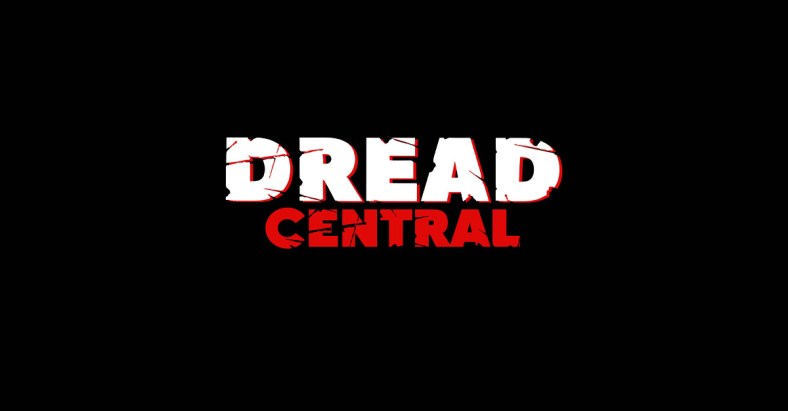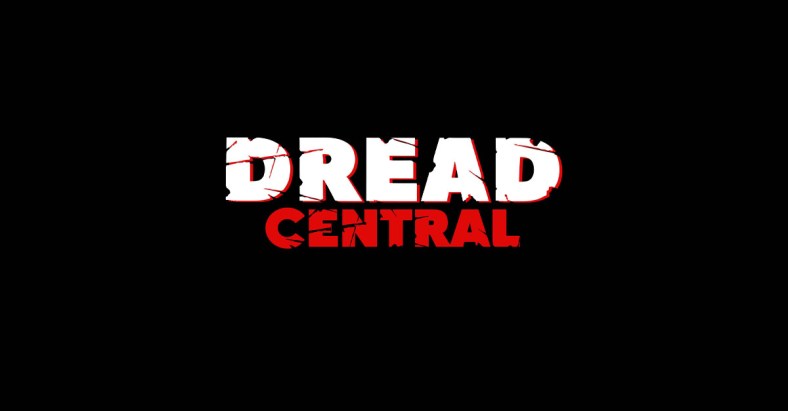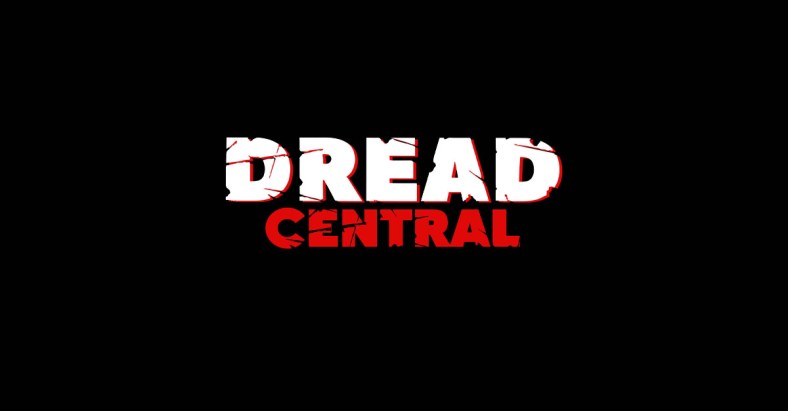What President Trump Could Mean for the Future of Horror

There has never been, in the history of artistic expression, a more versatile barometer for gauging society’s most basic emotional truths than the horror story, specifically the horror film. As documented in the fantastic documentary Nightmares in Red, White, and Blue, from a academic perspective, direct correlations can be drawn from the socio-political landscapes of American life and culture to the particular brand of horror dreamed into being by that culture’s filmmakers.
From the Great Depression to the Vietnam War to 9/11, horror has always been inexorably linked to its audience. Whereas, there was a time in the late twentieth century when common knowledge dictated that horror films were negatively influencing children to rebel against the culture, the more apt relationship is to see the audience as the influencing agent, not the film. As if a tide, rising and shifting, a blind force of immeasurable power, the American populace’s culture is the sole guiding force behind its own nightmares, a symbiotic relationship where real world horrors influence works of fiction which are then blamed for influencing new real world horrors.
So, as society sits at the precipice of a new political regime in America, the Donald Trump Presidency looming in the very near future… how will horror respond?

In times of heavy polarization within American culture, filmmakers have always been the most visible reflectors of society’s own fears and, oftentimes, a blunt force balm against the realities snaking into the real world outside the multiplex. While there have been books and essays and incredible amounts of time spent dissecting and cataloguing the direct correlation between the tragic rise of hostilities in Vietnam with the concurrent proclivity of harsh, violent cinema to blast screaming out of movie theaters in the late Sixties and early Seventies, today we’re going to focus on our most recent influencer of popular culture and the domino effect of implications which forever changed how and why we watch the movies that we do. And in doing so, perhaps we can find some answers as to how this progression will continue into the uncertain years ahead.
Immediately after September 11, 2001, the world seemed poised on a knife’s edge. In the same way that scholars for millennia dictated existence into B.C. and A.D., it’s very easy to designate a seismic shift in horror filmmaking as Before 9/11 and After 9/11. Before 9/11 Hollywood was on the back end of the slasher craze, the more extravagant end to be exact. Scream had taken over the world, and self-referential storytelling was the name of the game. Horror movies were escapism; they poked fun at themselves and never felt “real.” The characters in these films were facsimiles of traditional archetypes, narrative puppets without emotion or feeling, not people so much as story elements: harmless and featureless and without the essential humanity necessary for an audience to truly empathize with their increasingly ridiculous and bloody demises.
A strong contrarian to this philosophy was The Blair Witch Project, a found footage John the Baptist, heralding the coming low budget revolution of the next decade, but largely an outlier as the cultural zeitgeist dictated works of a more optimistic perspective. This was the time of Sleepy Hollow and The Mummy, the supernatural coupled with self-knowing. Big budget escapades of high adventure and other worldly horrors without the central grounding of reality. This was a time of extravagance. Of optimism. Of the world operating within normal, understandable bounds of comfort.
And then it happened.
From the ashes of Ground Zero, America was left in a state of shock, of blinding, debilitating confusion and fear. And while the rest of the world reeled in stunned disbelief, as steel girders were dug from the ground and the world prayed for survivors to be pulled from the wreckage, America changed. Suddenly, we were at war; the veneer of peaceful, post Cold War civility was dashed, and the world watched as Osama bin Ladin went on television and openly preached for the deaths of Americans.

The boogeyman had become real. This was no Michael Myers. No Jason Voorhees. The escapism which colored the previous two decades, where supernatural forces were conjured and delivered to audiences in an effort to breed nightmares, was no longer necessary. The nightmare was real. In the eyes of American citizens, it was encapsulated by the image of planes crashing into buildings and the bubbling fear that the threats of a heretical madman might possibly come to pass. The world became a scary place. People the ultimate threat. And horror followed suit.
To characterize the “torture porn” era as simply bloody righteous exploitation of gorehound sensibilities retrofitted for the masses is to misrepresent its historical context. Without September 11th, this movement never occurs. And while there had been many violent films which pushed the bounds of good taste for decades, going all the way back to Cannibal Holocaust, “torture porn” spurted blood into the mainstream in an unprecedented fashion. And audiences ate it up with a spoon. Saw. Hostel. These were phenomena that disgusted critics and political commentators but were voraciously absorbed by audiences. These exercises in existential voyeuristic horror somehow were able to tap into something which already resonated deep within the subconscious of moviegoers. Something primal. Or perhaps something numb.
After the Vietnam War cinema went extreme with its violence. Emboldened by the images of graphic carnage being shown on television every single day, filmmakers of the era were able to represent situations and portray acts on screen as never before because the American citizenry was used to it. These fictional acts were shocking but not upsetting. They were simply a boundary to be pushed and teased to see how far one might be able to go.
After September 11th, it’s not hard to see the twenty-first century equivalent taking place as 24-hour news cycles ran constant footage of American ground troops on foreign soil alongside a running commentary about the validity of supposed war crimes and the torture of suspected terrorists at Guantanamo Bay. Violence had become the norm, and the movies followed suit. The Last House on the Left and The Hills Have Eyes repurposed post-Vietnam frustration and hyper violence for a new generation of angst and anger. Hostel tapped into the most base, carnal levels of xenophobia. And even Saw questioned whether or not one’s actions might warrant inhuman torture and torment. Whether they realized it or not, Americans were lining up in droves at movie theaters to have themselves represented back at them. To look into the abyss and see one’s self. Their own fears and frustrations reflected back to them in a glorious exhibition of blood-soaked entertainment for nine bucks a ticket.
And then, as the first decade of the twenty-first century came to a close, our horror began to mellow out. In response to the Great Recession, Hollywood horror went micro. Paranormal Activity and The Purge became major franchises. The king of horror became Blumhouse, and a new wave of low budget paranormal films took over the marketplace. Again, this can be see as a direct response to the societal and economic implications swirling around the industry. And as the years progressed, Hollywood, as did America, began to climb its way from the pits of economic collapse. And as such, studio horror began a resurgence. The Conjuring became one of the biggest movies of the year, and a Universal Monsters franchise was in the works. Escapism had returned in a big way, with no foreseeable detriment to its expansion on the horizon.
Now let’s be clear: Any direct comparison between the terrorist attacks of September 11th and the election of Donald Trump as our forty-fifth president are admittedly premature. To equate the two on similar grounds would not only be negligent but also patently false. That being said, the seismic cultural shock wave which has wracked the nation in the days following the election is precedent-shattering. At no time in the history of American politics has an election result not only been this polarizing, but also this unexpected. The unpredictable nature of the last week has left many Americans at a loss for explanation. It’s a scary proposition for many: many who found the thought of a Trump candidacy an absurd impossibility and many more who thought of it as an unthinkable tragedy. The burns are still fresh across the nation, the whiplash only just now beginning to come into focus, the lasting implications of which will not be fully clear for many, many years to come. Not only politically, but also societally, economically… and artistically.
If the pattern should hold, of American society’s political spectrum mirroring its horror output, the next few years of filmmaking should be directly affected. And considering the political leanings of the vast majority of filmmakers, the fear generated by a Trump candidacy will no doubt be felt on a very visceral level. It’s curious to consider which aspects of this fear will be most prevalent. The uncertainty of the future from a political and social standpoint draws direct comparison to the uncertainty after 9/11, except then the future seemed bloody and cynical; whereas, now it’s ideological.
Will the next few years bring out a more socio-politically minded horror film? One whose implications of racial and sexual politics will take center stage? The first of this trend might be seen with Jordan Peele’s upcoming release Get Out, a film which directly tackles gentrification and racial perspectives within the bounds of the horror film.

There is no way for the filmmakers to know that their story might have been the jumping off point for a new age of American horror, one whose political leanings might one day draw comparisons to the films of the late Sixties, Seventies, and Eighties, when filmmakers wore their beliefs on their sleeves and had something to say in direct opposition to the lawmakers and mainstream philosophies of the time.
What is encouraging, however, is the strong outpouring of creative resistance posed by the horror filmmaking community in the wake of this election. Over the last few days, Twitter, a platform known for its divisive and sometimes toxic rhetoric, is instead filled with messages not of Armageddon, but hope and promise, with the importance of art taking precedence over all others and the rallying cry of those who dream the nightmares of a shell-shocked nation being don’t stop. Move forward. Fight the uncertainty with creativity. Push past the hate and create. Do not be discouraged but work all the harder to counteract those who might oppose your morals and ideals.
In times of venomous politics, of hatred and bile spewing, the one medium of revolution which has transcended political party or religious affiliation is the horror story… the greatest medium for progressive thoughts and ideals the world has ever known. And with the world scared, wondering what’s going to happen as America slips down a socio-political rabbit hole, the next generation of Carpenters and Romeros and Hoopers and Cravens seems poised and ready to make their voices heard and to mold the future of horror from the nightmares of today.

Categorized:Editorials News

